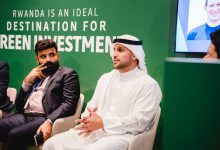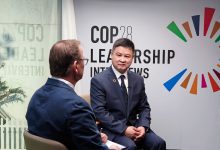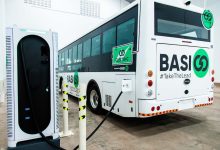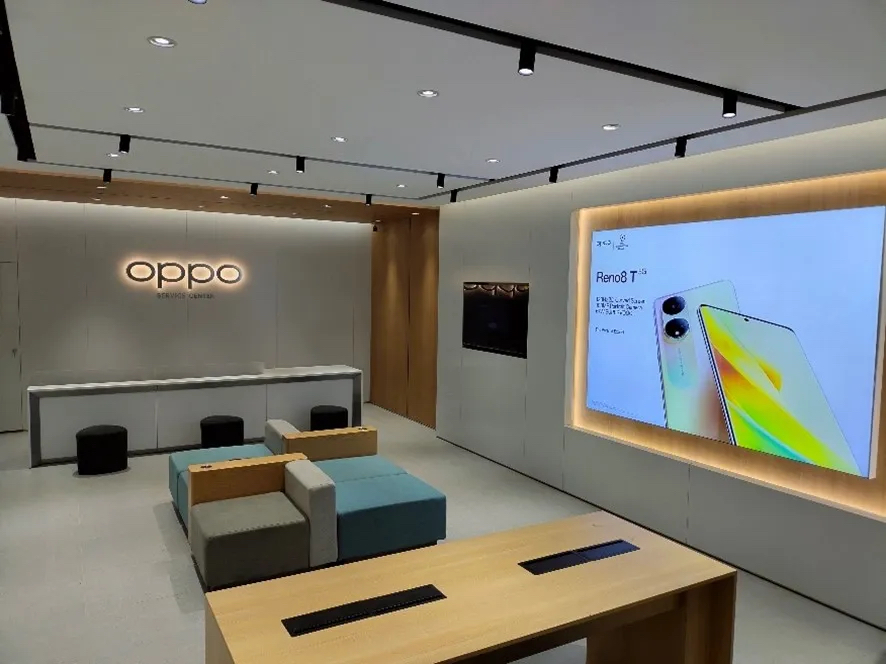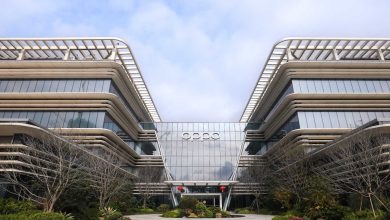LG Records 24 Per Cent Reduction in Greenhouse Gas Emissions

LG Electronics (LG) has recorded a 24 per cent reduction in its direct and indirect greenhouse gas emissions from 114.7 million tons of GHG to 92.7 million tons in line with its pledge to achieve net-zero (direct and indirect) by 2030.
According to its recently released 2022-2023 Sustainability Report, LG Electronics also recorded a renewable energy conversion rate of 8.2 per cent.
This comes after it committed to only using renewable energy at its global business sites by 2050 and successfully joined RE100 (Renewable Energy 100), an initiative advocating for businesses to convert to 100 per cent renewable energy.
Commenting on the milestone, LG Electronics Managing Director Dongwon Lee said the Sustainability report discloses LG’s achievements and strategy for each area of the six strategic tasks which have been carefully designed to realize its Better Life for All ESG vision, to customers and stakeholders around the world.
“The six are divided into two major areas: ‘3Cs’ for the planet, which are carbon neutrality, circularity and clean technology, and ‘3Ds’ for people, which are design for all, a delightful workplace and diversity & inclusion”. Siad Dongwon Lee
Furthermore, on the 3Cs, LG Electronics also accelerates carbon reduction in the product use stage by expanding the application of highly efficient eco-friendly technologies.
Approximately 80 per cent of LG’s total carbon emissions come from the product use stage and include indirect emissions (scope 3) that are generated outside the company’s operational facilities.
Last year, the functional unit carbon emissions of seven major products, which account for about 80 per cent of the carbon emissions generated during the product use stage, decreased by 13.1 per cent compared to 2020.
Functional unit carbon emission refers to the value obtained by dividing the amount of GHG emitted during the average period of product use by the functional unit of the product. For example, a refrigerator’s GHG emissions are expressed per liter while a washing machine’s GHG emissions are conveyed per kilogram.
In addition, in 2021, LG became the first South Korean appliance manufacturer to have its GHG emissions reduction target at the product use stage (scope 3) validated by the Science Based Targets initiative (SBTi).
To establish a circular ecosystem, the company recovered a total of 472,876 tons of electronic waste from 52 countries last year. Since 2006, LG has recovered a cumulative total of recovered electronic waste that amounts to 3,992,768 tons.
As of 2022, the number of recycled plastics used in the company’s products reached 32,987 tons, 25 percent higher than 2021 figures. What’s more, the company’s South Korean business sites recently received Zero Waste to Landfill (ZWTL) verification.
LG has also been prioritizing accessibility by integrating voice recognition and voice guidance features into its major products and distributing braille stickers that attach to every LG home appliance.
The company also plans to expand the universal design concept – products designed in a way that makes them easy to use by everyone – to all products going forward.
In October 2021, LG introduced a service that combines rentals with sign language counseling which has already surpassed 1,500 cases. Concurrently, in Korea, LG is rolling out various activities to enhance customer experience. These include providing care services for the disabled and counselling services for seniors, operating kiosks equipped with sign language capabilities and conducting lectures on in-store safety, IT and culture.
The company also hopes to create an inclusive corporate culture based on diversity, equity and inclusion. Earlier this year, LG was honoured by the Korea Federation of Business & Professional Women (BPW) with its Gold Award for promoting a gender-equal corporate culture, an achievement that recognizes the company’s commitment to diversity, equity and inclusion as well as its dedication to discover and foster female talent.
Last year, the company surveyed its major Tier 1 suppliers about their energy usage and carbon emissions and then verified this data through a third party. Since this year, LG has been raising awareness among the executives and employees of its partners through a carbon neutrality education program. A total of 152 suppliers have participated in the program as of the first half of this year.
In addition, in accordance with international Responsible Business Alliance (RBA) standards, the company is also providing support through third-party ESG certification reviews to preemptively respond to ESG risks of suppliers in areas such as labor, environment, ethics as well as health and safety. Beginning this year, the scope has been expanded to include partners based not only in Korea but around the world.
LG continues to expand the role of the ESG Committee which reports to its board of directors to internalize ESG management. The committee made up of 4 independent directors and 1 executive CEO, is overseen by chairman Seo Seung-woo, an independent director who was appointed to the role earlier this year.
Last year, to ensure transparency in the management and governance of the board of directors and governance structure, the ESG Committee established guidelines for the independence, diversity and expertise of independent directors as well as the corporate governance charter.
Since 2006, the company has published its sustainability report every year. Starting last year, alongside the LG ESG Fact Book which outlines its ESG management goals, activities and performance, the company has published the ESG Story Book which helps customers and stakeholders understand LG’s ESG activities in a more engaging story format.
Like and follow us on Facebook and Twitter to ensure you don’t miss out on future updates from us. Send tips to info@techtrendske.co.ke


